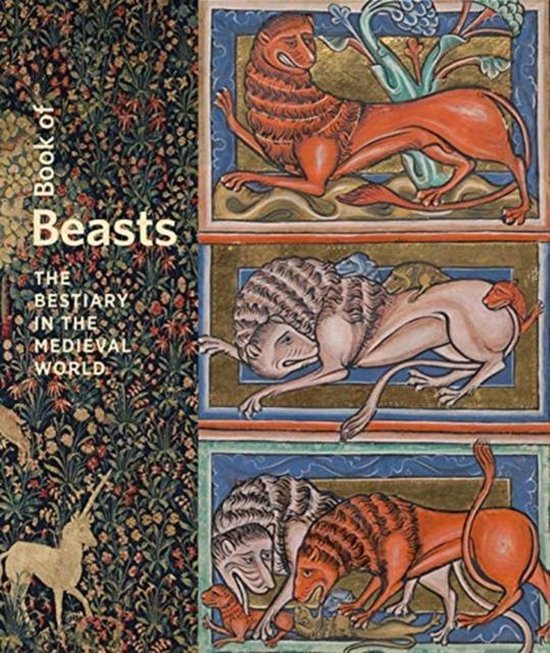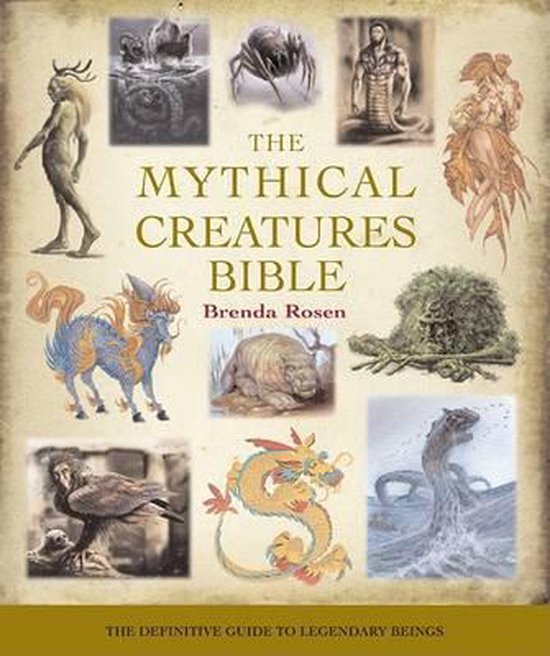
Bestiary
A delightful translation of one of the finest, and most beautiful, examples of a medieval Bestiary.
A delightful translation of one of the finest, and most beautiful, examples of a medieval Bestiary. Bestiaries are a particularly characteristic product of medieval England, and give a unique insight into the medieval mind. Richly illuminated and lavishly produced, they were luxury objects for noble families. Their three-fold purpose was to provide a natural history of birds, beasts and fishes, to draw moral examples from animal behaviour (the industrious bee, the stubborn ass), and to reveal a mystical meaning - the phoenix, for instance, as a symbol of Christ's resurrection. This Bestiary, MS Bodley 764, was produced around the middle of the thirteenth century and is of singular beauty and interest. The lively illustrations have the freedom and naturalistic quality of the later Gothic style, and make dazzling use of colour. This book reproduces the 136 illuminations to the same size and in the same place as the original manuscript, fitting the text around them. Richard Barber's translation from the original Latin is a delight to read, capturing both the serious intent of the manuscript and its charm. RICHARD BARBER has written many books on the history of and life in the middle ages, from his Somerset Maugham Award-winning The Knight and Chivalry, by way of biographies of Henry II and the Black Prince, to an anthology of Arthurian literature from England, France and Germany, Arthurian Legends, and an account of the historical Arthur, King Arthur: Hero and Legend.
A delightful translation of one of the finest, and most beautiful, examples of a medieval Bestiary. Bestiaries are a particularly characteristic product of medieval England, and give a unique insight into the medieval mind. Richly illuminated and lavishly produced, they were luxury objects for noble families. Their three-fold purpose was to provide a natural history of birds, beasts and fishes, to draw moral examples from animal behaviour (the industrious bee, the stubborn ass), and to reveal a mystical meaning - the phoenix, for instance, as a symbol of Christ's resurrection. This Bestiary, MS Bodley 764, was produced around the middle of the thirteenth century and is of singular beauty and interest. The lively illustrations have the freedom and naturalistic quality of the later Gothic style, and make dazzling use of colour. This book reproduces the 136 illuminations to the same size and in the same place as the original manuscript, fitting the text around them. Richard Barber's translation from the original Latin is a delight to read, capturing both the serious intent of the manuscript and its charm. RICHARD BARBER has written many books on the history of and life in the middle ages, from his Somerset Maugham Award-winning The Knight and Chivalry, by way of biographies of Henry II and the Black Prince, to an anthology of Arthurian literature from England, France and Germany, Arthurian Legends, and an account of the historical Arthur, King Arthur: Hero and Legend.
| Auteur | | Richard Barber |
| Taal | | Engels |
| Type | | Paperback |
| Categorie | | Mens & Maatschappij |





